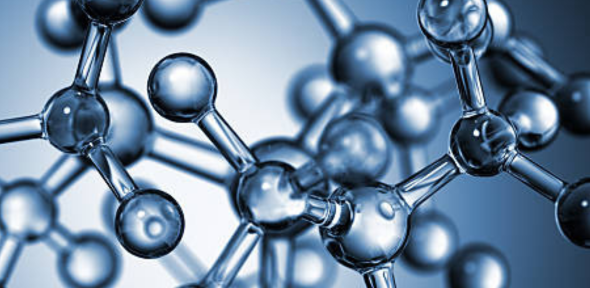

Molecular Engineering : Group Website : Staff
Functionalising energy-efficient materials by smart design and structural rationalisation
The Structure and Dynamics Group (SD) investigates structure-property relationships in optoelectronic and energy-related materials. Armed with this knowledge, we can ‘structurally engineer’ new materials to suit a given device application.
We are primarily interested in materials which have potential use for:-
- Dye-Sensitized Solar Cells
- Optical Telecommunications
- Holographic Data Storage
- Nuclear Waste Storage
- Nano-electronic insulation
We employ a wide variety of experimental and computational techniques to realise this goal:
Diffraction and spectroscopy: This reveals the structure and dynamics of our materials.
Techniques include X-ray and neutron diffraction (static and time-resolved), anomalous X-ray scattering, EXAFS, XANES, UV/vis spectroscopy, FTIR, inelastic neutron scattering, (and THz spectroscopy in collaboration with Chemical Engineering).
A number of our X-ray and neutron diffraction and spectroscopy experiments are undertaken at synchrotron or neutron Central Facilities in the UK, France, USA, Canada, Japan and Australia. At one of these facilities (ANSTO, Australia), we have a long-term project.
Optoelectronics measurements: quantifying electro-optics and hyperpolarisabilities
In our experimental optics laboratory, we perform electro-optics measurements using the Teng-Men ellipsometry technique. We also undertake Hyper-Rayleigh Scattering experiments in collaboration with the University of Leuven, Belgium.
Sample fabrication and device testing for non-linear optics and dye-sensitized solar-cells
Non-linear optical devices are fabricated by embedding them in a polymer matrix using electrically-poling to ensure good molecular alignment. Dye-sensitized solar cells are fabricated using standard methods, and performance tested using a Solar Simulator.
Computational techniques are seminal in predicting or rationalising our experimental work
- Data-Mining, Statistical Inference, and Graph Theory - In combination, these have been used to develop code to predict new materials with optoelectronic properties.
- Density Functional Theory (some of this work is in collaboration with TCM)
- Monte Carlo methods
Image Credit: Pexels
